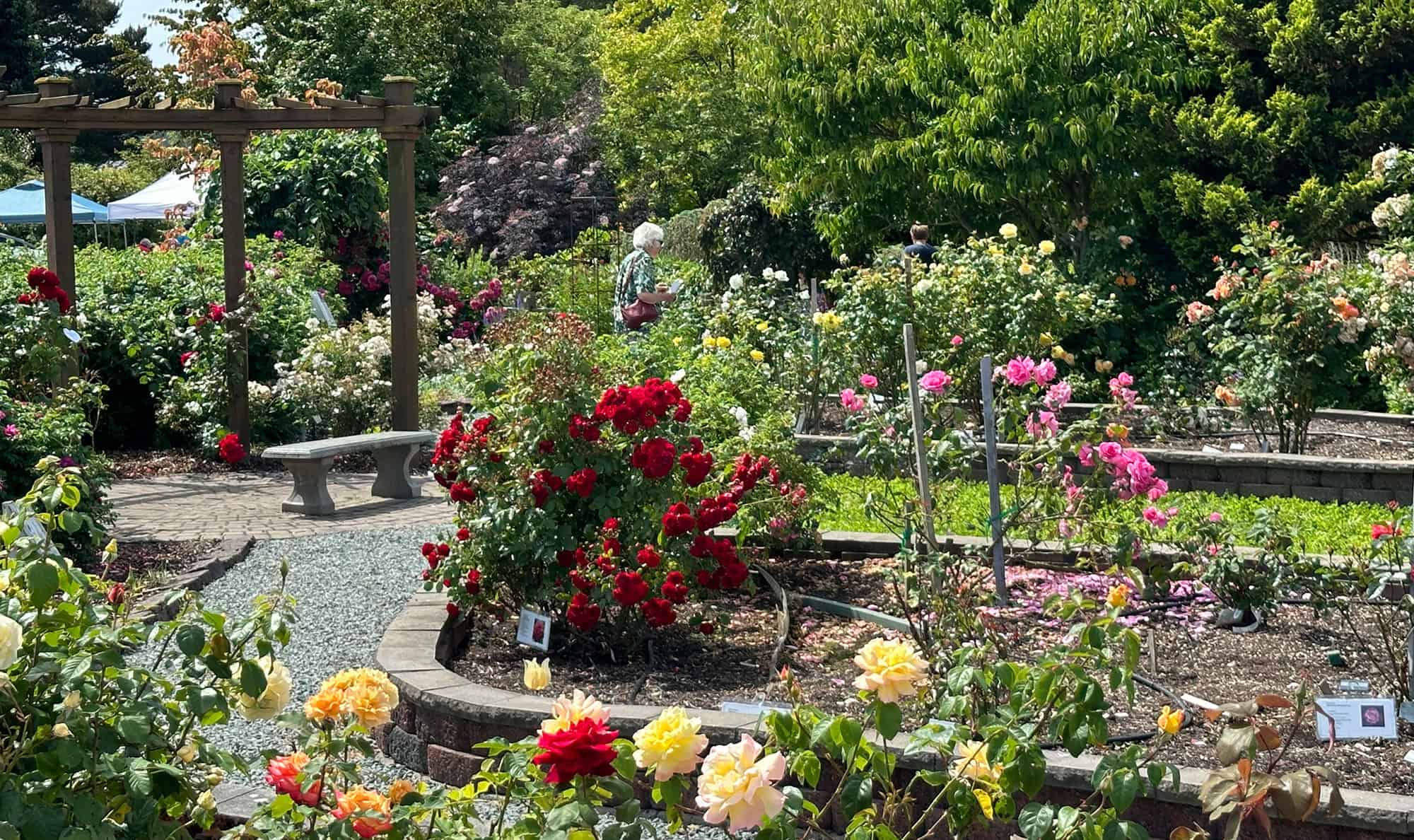
Garden Open House and Ask a Master Gardener Day:
Eight acres, three gardens, infinite inspiration
Open House to Showcase Master Gardeners, Native Plant Society, and NW Fruit
By Kari Ranten, Skagit County WSU Extension Master Gardener

Kari Ranten
Want to know about gardening – from roses to vegetables? Want to learn more about including native plants in your landscape? Ever wonder how to grow, graft, and prune fruit trees? Learn about all of this and more at the annual Garden Open House on Saturday, June 28, 2025, in Mount Vernon.
Eight acres of gardens showcase amazing trees and native plants at the event slated for 10 a.m. to 2 p.m. at 16602 State Route 536 (Memorial Highway), just west of the Washington State University Northwestern Washington Research and Extension Center.
The event, sponsored by the Skagit County WSU Extension Master Gardener Program, takes place at gardens maintained by volunteers representing the Master Gardener Program, NW Fruit, and the Salal Chapter of the Washington Native Plant Society. In addition, several partner organizations will present interactive displays and information on clean water, noxious weeds, maintaining healthy landscapes, and promoting pollinators, birds, and other wildlife.
This annual event offers home gardeners in Northwest Washington the opportunity to experience a wide range of gardening skills, view hundreds of plants and trees, and learn ways to respect the environment. Master gardeners and many partners enjoy this opportunity to share the gardens and educate our neighbors. And it’s a great, free summer event for the whole family.

Join Us for a Three Garden Open House
Saturday, June 28, 2025
10 am – 2 pm
Discovery Garden
16602 State Route 536 (Memorial Hwy.)
Mount Vernon, WA 98273
Fun Activities for Kids ~ Plant Sale
Water Conservation Experts ~ Noxious Weed Information
30+ Garden Rooms ~ Plant Clinic and Gardening Help
Native Plants ~ Pollinators
Talk to Fruit Tree Experts
The open house is a great venue to talk about the mission of the Master Gardener Program and to provide evidence-based scientific information for the home gardener. It is also a wonderful event and very rewarding to meet and exchange ideas with local gardeners.
The open house will feature three gardens:
The Discovery Garden

The open house is a great venue to talk about the Master Gardener Program and to meet and exchange ideas with local gardeners. Credit: © Skagit County Master Gardeners
The Salal Garden

A shaded trail through the half-acre Salal Garden leads visitors into a natural setting featuring dogwood, salal, cascara, vine maple, ferns, trillium and more. Credit: © Salal Chapter Northwest Chapter of Washington Native Plant Society.
The NW Fruit Garden
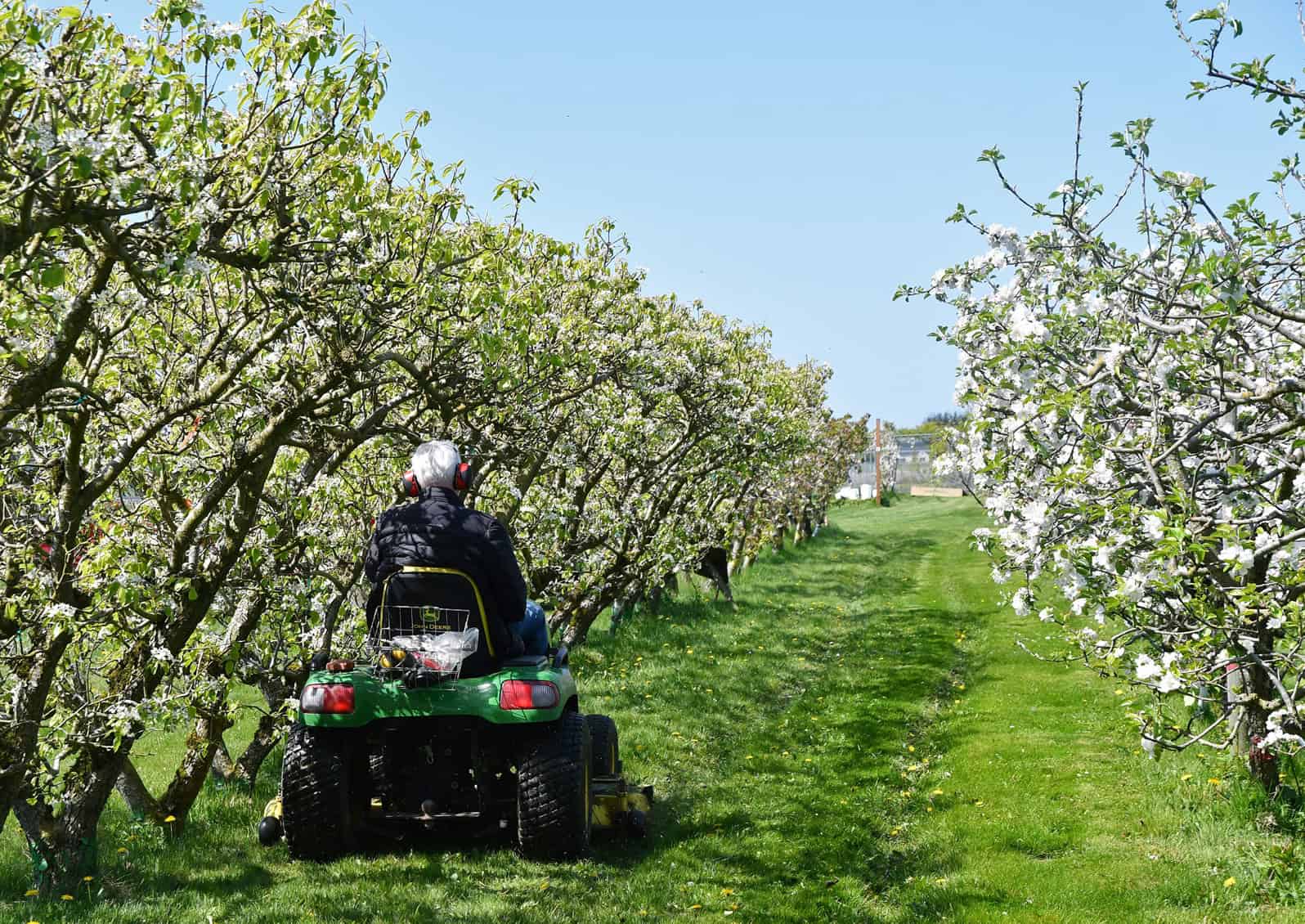
The NW Fruit Garden encompasses six acres of fruit trees, berry bushes and other fruit-bearing plants, along with nut trees. Altogether, the garden features 606 plants – from peach and persimmon to apples and Asian pears. Credit: Used with permission © Scott Terrell
Discovery Garden:
This is truly a hidden gem in Skagit County that merits discovery! Nearly half of the guests at the 2024 open house said it was their very first visit – including those who live locally! June is a great time to experience the garden where visitors will find beautiful blooming colors, including many perennials and dozens of rose varieties, all selected to thrive in the Pacific Northwest.
This amazing 1.5-acre oasis is maintained by the volunteers of the Skagit County WSU Extension Master Gardener Program. The Discovery Garden features 30 garden “rooms” ranging from herbs and heathers to roses and vegetables. The garden paths are ADA-accessible paths and include the Enabling Garden to illustrate ways to adapt the joy of gardening for those with mobility issues. Master gardeners will be on site to answer questions, demonstrate best practices, and inspire home gardeners.

The Discovery Garden is 1.5-acre oasis is maintained by the volunteers of the Skagit County WSU Extension Master Gardener Program and demonstrates best practices and inspire home gardeners. Credit: © Skagit County Master Gardeners
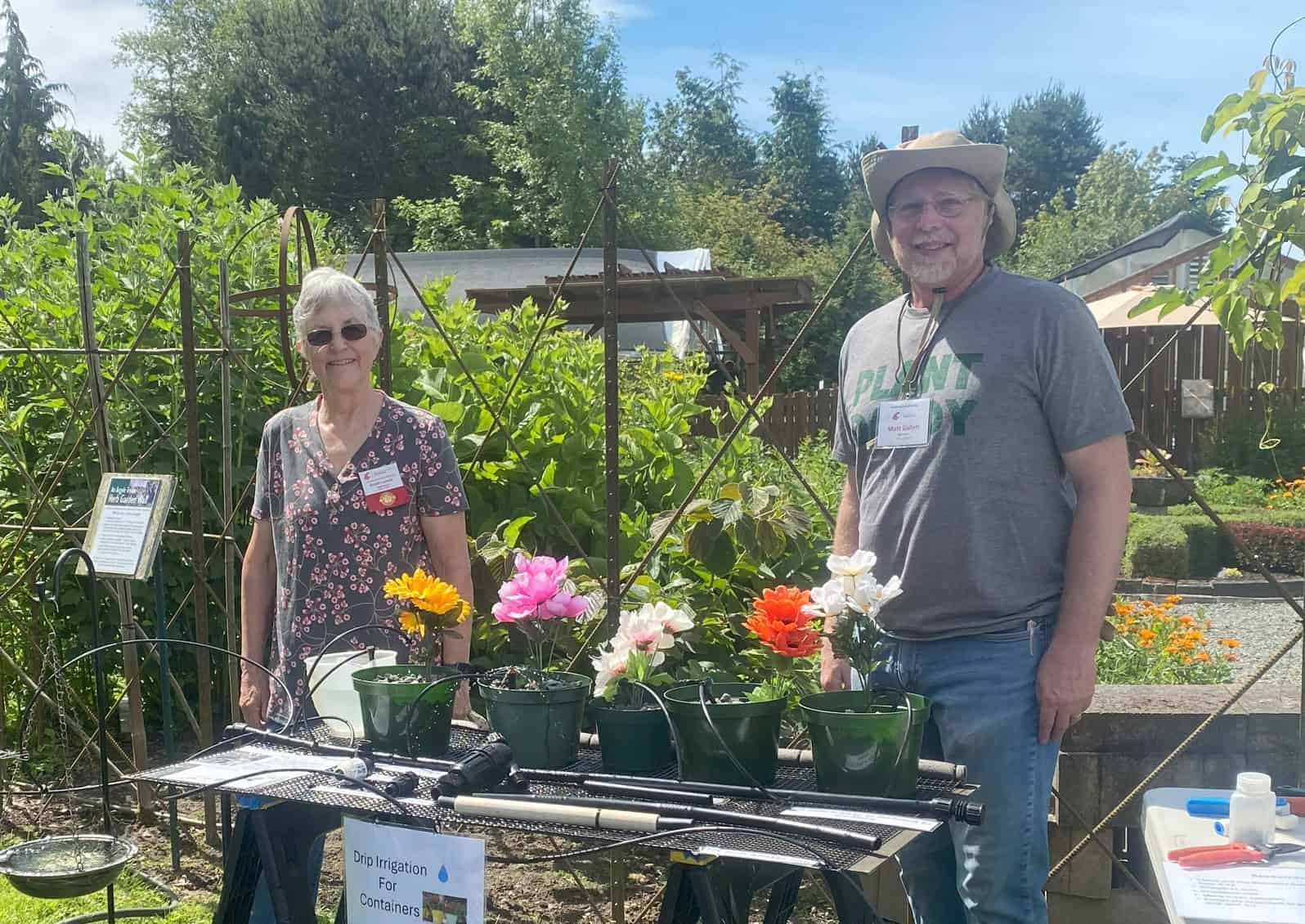
The Garden Open House will feature displays about container gardening, drip irrigation systems, clean water practices, and dealing with noxious weeds. Credit: Credit: © Skagit County Master Gardeners
Salal Native Plant Garden:
Adjacent to the Discovery Garden, this half-acre oasis of native plants is maintained by volunteers of the Washington Native Plant Society’s Salal Chapter to demonstrate how native plants can be incorporated into the home landscape. A shaded trail leads visitors into a natural setting featuring dogwood, salal, cascara, vine maple, ferns, trillium, and more. Volunteers, representing north Snohomish, Skagit, and Island counties, will be on hand to guide garden tours and answer questions. For information, go to https://www.wnps.org/salal.
NW Fruit Garden:
Adjacent to the Discovery Garden, the NW Fruit Garden encompasses six acres of fruit trees, berry bushes, and other fruit-bearing plants, along with nut trees. Altogether, the garden features 606 plants – from peach and persimmon to apples and Asian pears. The garden features a growing collection of larger antique apples, many of which were grown during the 1960s and 70s. The mission of the NW Fruit Garden is “to advance fruit horticultural practices for the unique Western Washington maritime climate through advocacy, research, education, and demonstration for the benefit of the general public and the small farmer.” Volunteers will be on hand to answer questions, offer tours, and provide demonstrations.
A popular feature and photo op at the NW Fruit Garden is the welcome espalier – using grafted and supported fruit tree limbs to spell out the word WELCOME. The welcome and the entire tree fruit garden were designed in the 1990s by the late Kristan Johnson, https://nwfruit.org/fruit-garden-designer/ a landscape architect.
Booths and more features of the open house:
 Get your “passport” and enjoy the open house:
Get your “passport” and enjoy the open house:
Upon arrival at the open house, guests will receive a “passport” to track their visits to each of the activities offered at the event. Complete the passport and take home a prize!
Check out the Children’s Garden:
A wonderland of activities for children of all ages awaits visitors to the Children’s Garden with fun surprises and interactive features. During the open house, children can enjoy free rock painting and bubble blowing within the whimsical garden space.
Container gardening display:
Using pots and containers for gardening – from flowers to vegetables – is a popular method in the northwest. Containers can be useful options for gardeners with limited space or accessibility issues. The demonstration will feature containers for growing food as well as decorative elements, show how containers can allow hardy indoor plants to spend months outdoors, and provide opportunities for children to have their own mini gardens.
Nearly anything can provide a home to successfully grow plants, and volunteers will show examples to stimulate visitors’ creativity. The educational display will also feature information on soil types and amendments, as well as what contents to look for in commercial soil products.
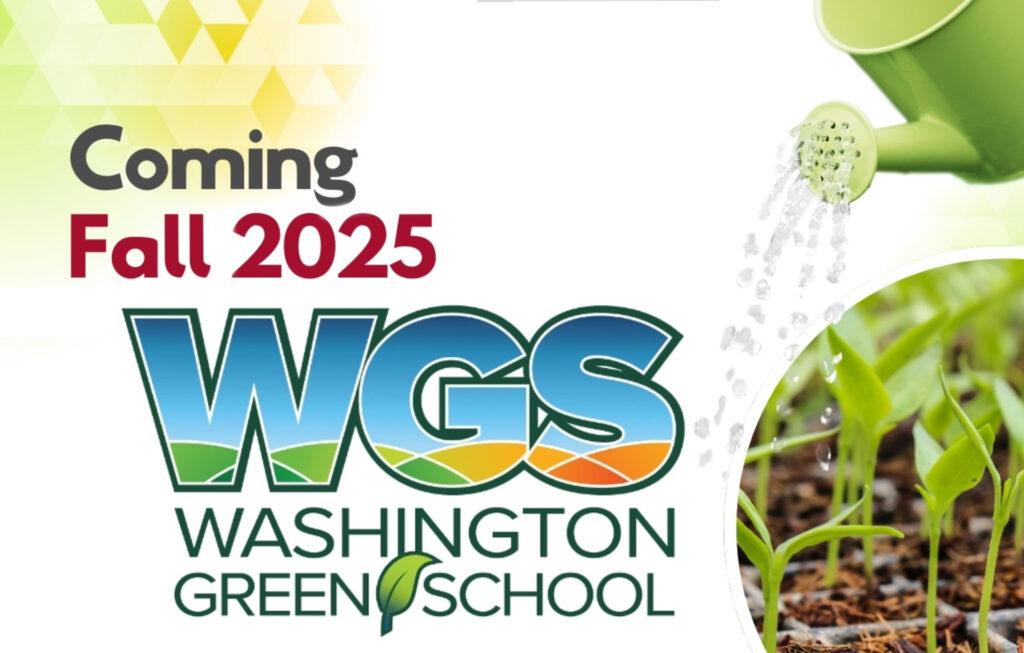 Interested in Becoming a Master Gardener?
Interested in Becoming a Master Gardener?
Application period is now open through August 15, 2025.
Stop by the WSU Extension booth to learn more about the new Washington Green School, the newly launched training platform designed to provide comprehensive research-based horticulture and environmental stewardship education. The Washington Green School offers two distinct tracks:
- Washington Gardener Certificate Track
This option is ideal for individuals seeking to enhance their gardening skills without the commitment of volunteering. This self-paced, online-only course provides a certificate upon successful completion. - Extension Master Gardener Volunteer Track
This track is for those interested in becoming certified WSU Extension Master Gardener volunteers and includes the Green School online coursework, in-person, local volunteer training, and a commitment to volunteer service hours.
For more information, go to https://skagitmg.org/home/green-school/
To apply for the Skagit County WSU Extension Master Gardener Program, go to https://extension.wsu.edu/skagit/mg/apply/
Master Gardener Plant Clinic:
The plant clinic, located in the Pavilion structure at the center of the Discovery Garden, is a popular part of the annual open house and the Skagit County WSU Extension Master Gardeners Program’s year-round outreach to assist home gardeners in diagnosing plant problems. The variety of issues routinely brought to the clinics include identification of poison hemlock; treatment of rust on red raspberries; tent caterpillars; powdery mildew on grapes; how to mitigate damage by deer; and questions about soil testing. Guests may bring a plant sample and photos to the plant clinic to help the master gardeners identify the problem and provide advice.
The certified master gardeners provide science-based information to home gardeners about sound and sustainable gardening practices, including integrated pest management, efficient watering technologies, recycling garden waste, and cultural methods for preventing and treating plant disease.
Ask a Master Gardener Blog:
Master gardener volunteers who write, edit, and take photos for the twice monthly “Ask a Master Gardener” blog will staff a booth where guests can sign up to receive blog posts, pick up copies of popular articles, and offer suggestions for future articles. The blog features a wide range of articles written by Skagit County WSU Extension Master Gardeners on topics relevant to gardeners in the North Puget Sound area.
Plant Sale:
Master gardeners will offer a variety of perennial plants for sale at the open house, all propagated and nurtured over the past months. Ferns, figs, grapes, native trees and shrubs, epimedium, Douglas fir, and more will be available for sale.
Skagit County Noxious Weed Program:
Skagit County’s Noxious Weeds program surveys, treats, and supports landowners in treating invasive plants around the county. The program has a particular focus on knotweed, which often infests river and streambanks, and spartina, an invasive grass that grows in salt marshes.
County program staff will be on hand to show photos of and information on many of Skagit County’s most notorious and harmful noxious weeds. Staff will answer questions about what weeds may have infested visitors’ properties, offer suggestions for treating them, and provide informational materials to take home.
Skagit County Clean Water Program:
Skagit County’s Clean Water Program uses a variety of efforts to keep pollution out of local waters. The program team works to reduce stormwater pollution and monitors local waterways to spot bacterial pollution from dogs, failing septic systems, and farms. Their projects reduce dirty runoff into streams and work with the public to help protect water.
At the Garden Open House, Skagit County Clean Water staff will focus on how beautiful gardening and landscaping can go hand in hand with protecting our water. The booth will include a display and information on permeable pavement (paved surfaces that still allow rainwater to soak into the ground underneath). Educational materials will address how to garden without adding harmful chemicals and excess nutrients to local waters, as well as how planting native plants can create a habitat, protect water, and look amazing in the garden.
Skagit Conservation District
The Skagit Conservation District’s mission is to bring voluntary, incentive-based natural resource solutions to the citizens of Skagit County and beyond by providing technical, financial, and educational resources.
The district works with landowners and farm operators to plan and implement conservation practices on private land. The district is a non-regulatory agency, which means that all practices implemented by landowners and farm operators who participate in its programs (cooperators) are voluntary.
The district’s booth will feature information on creating and maintaining healthy landscapes, rainscaping, and planting for pollinators, birds, and other wildlife.
For home gardeners who can’t make it to the open house, master gardeners have work sessions at the Discovery Garden from 9 a.m. to noon on Tuesdays through September, and visitors are welcome to stop by, ask questions, and learn some tips from the experts.
All three gardens are open year-round and are free to the public seven days a week from dawn to dusk. Visitors are invited to stop by throughout the year to view the seasonal changes, colors, and blooms. Signage in each garden identifies the plants, making for interesting and educational self-guided tours.
REFERENCES AND RESOURCES:
Kenny, Erin. (2007) Bob Norton, the king of apples, brings his passion for fruit to Vashon. https://extension.wsu.edu/maritimefruit/dr-bob-norton-2/
NW Fruit. (2025) https://nwfruit.org/
Salal Native Plant Garden. (2025) https://www.wnps.org/salal
Skagit Conservation District. (2025) https://www.skagitcd.org/about-us-1.
Skagit County Clean Water Program. (2025) https://www.skagitcounty.net/Departments/PublicWorksCleanWater
Skagit County Master Gardener Foundation. (2025) https://skagitmg.org/
Skagit County Noxious Weed Program. (2025) https://skagitcounty.net/Departments/NoxiousWeeds/main.htm
Skagit County WSU Extension Master Gardener. (2025) https://extension.wsu.edu/skagit/mg/
Washington Native Plant Society Salal Chapter. (2025) https://www.wnps.org/salal.
ABOUT THE AUTHOR:
Kari Ranten is a retired journalist and health care communicator who became a certified Skagit County WSU Extension Master Gardener in 2024.
Questions about home gardening or becoming a master gardener may be directed to Skagit County WSU Extension Office, 11768 Westar Lane, Suite A, Burlington, WA 98233; by phone: 360-428-4270; or via the website: www.skagit.wsu.edu/mg
Washington State University Extension helps people develop leadership skills and use research-based knowledge to improve economic status and quality of life. Cooperating agencies: Washington State University, US Department of Agriculture, and Skagit County. Extension programs and policies are available to all without discrimination. To request disability accommodations contact us at least ten days in advance.


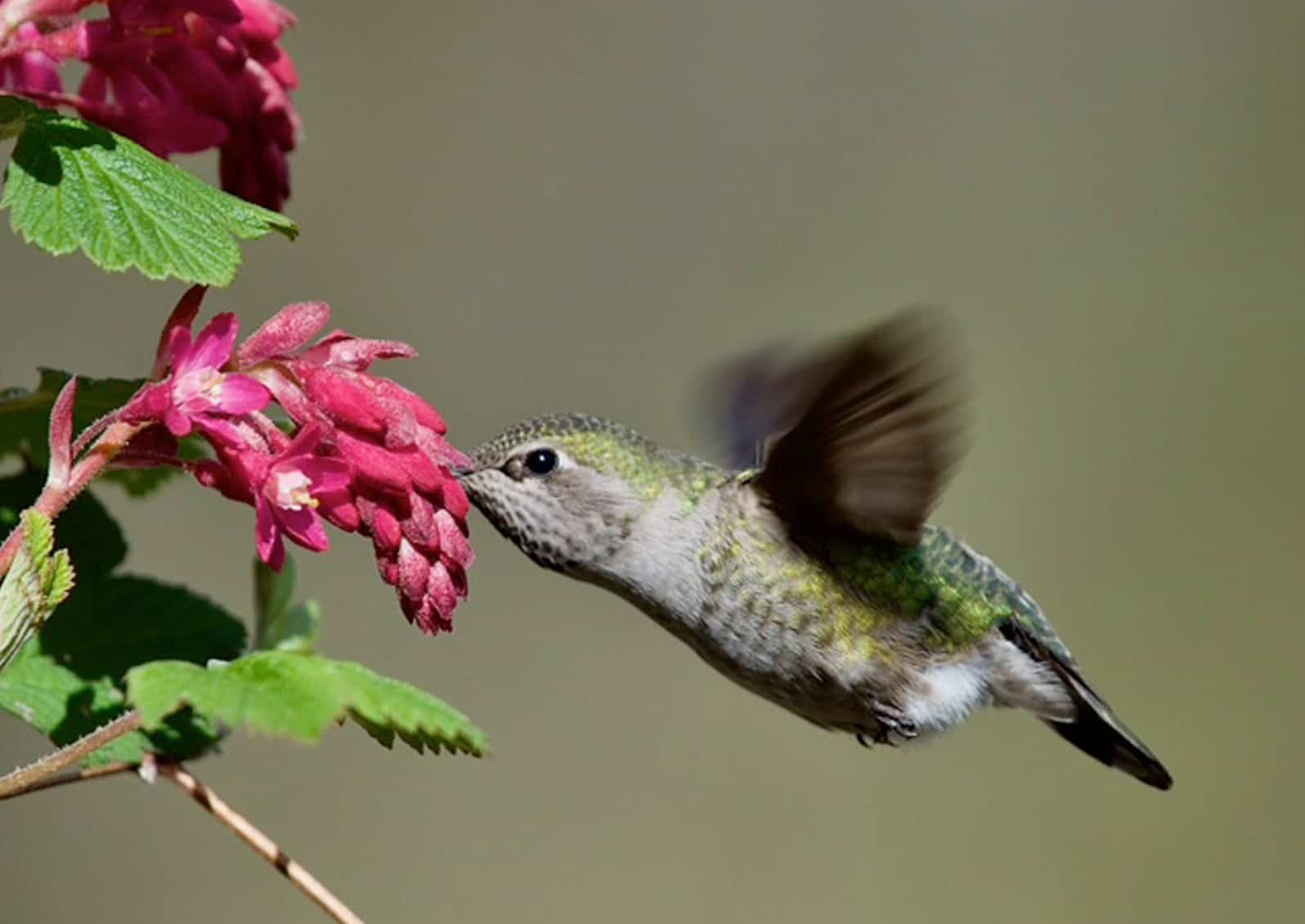
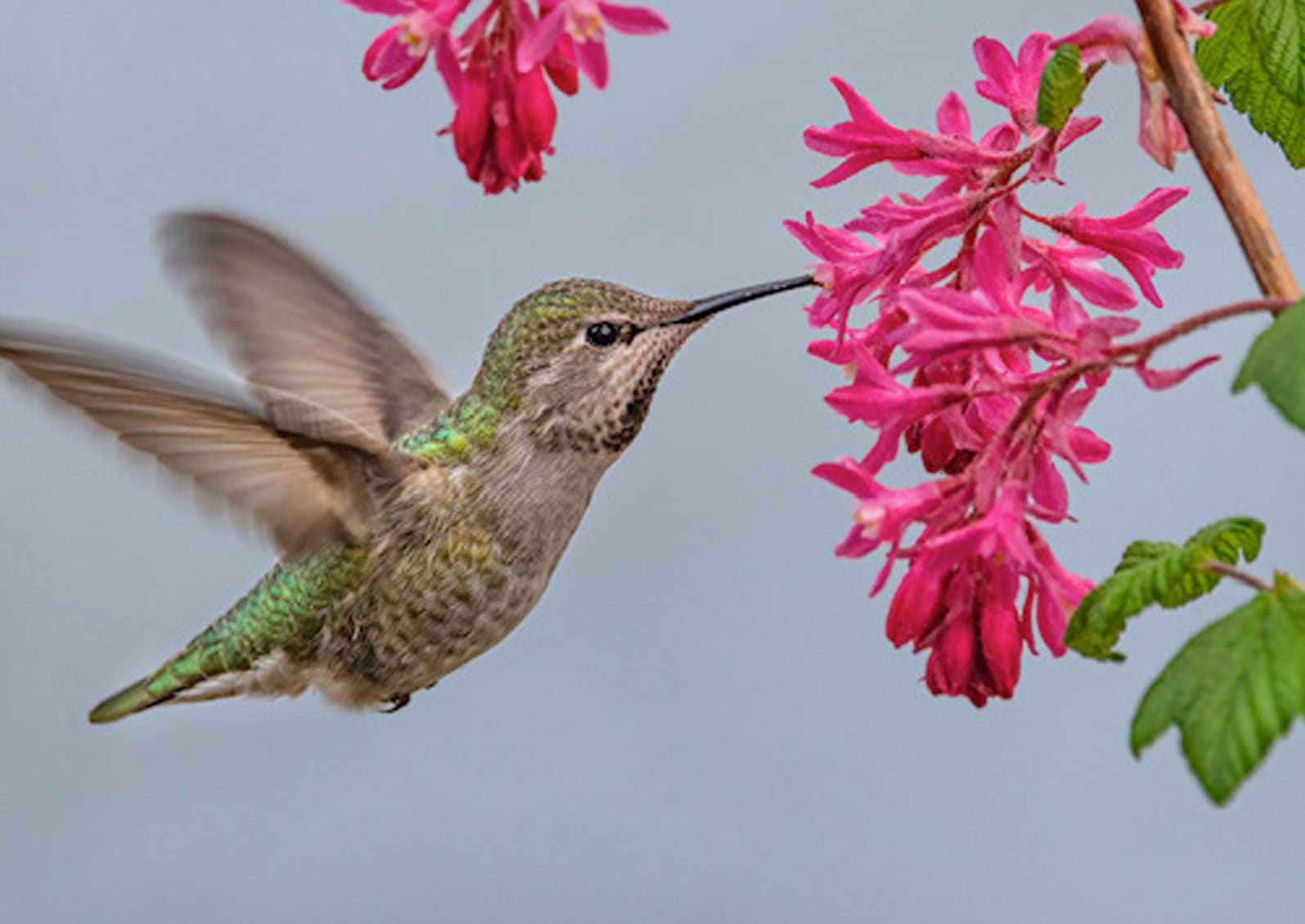
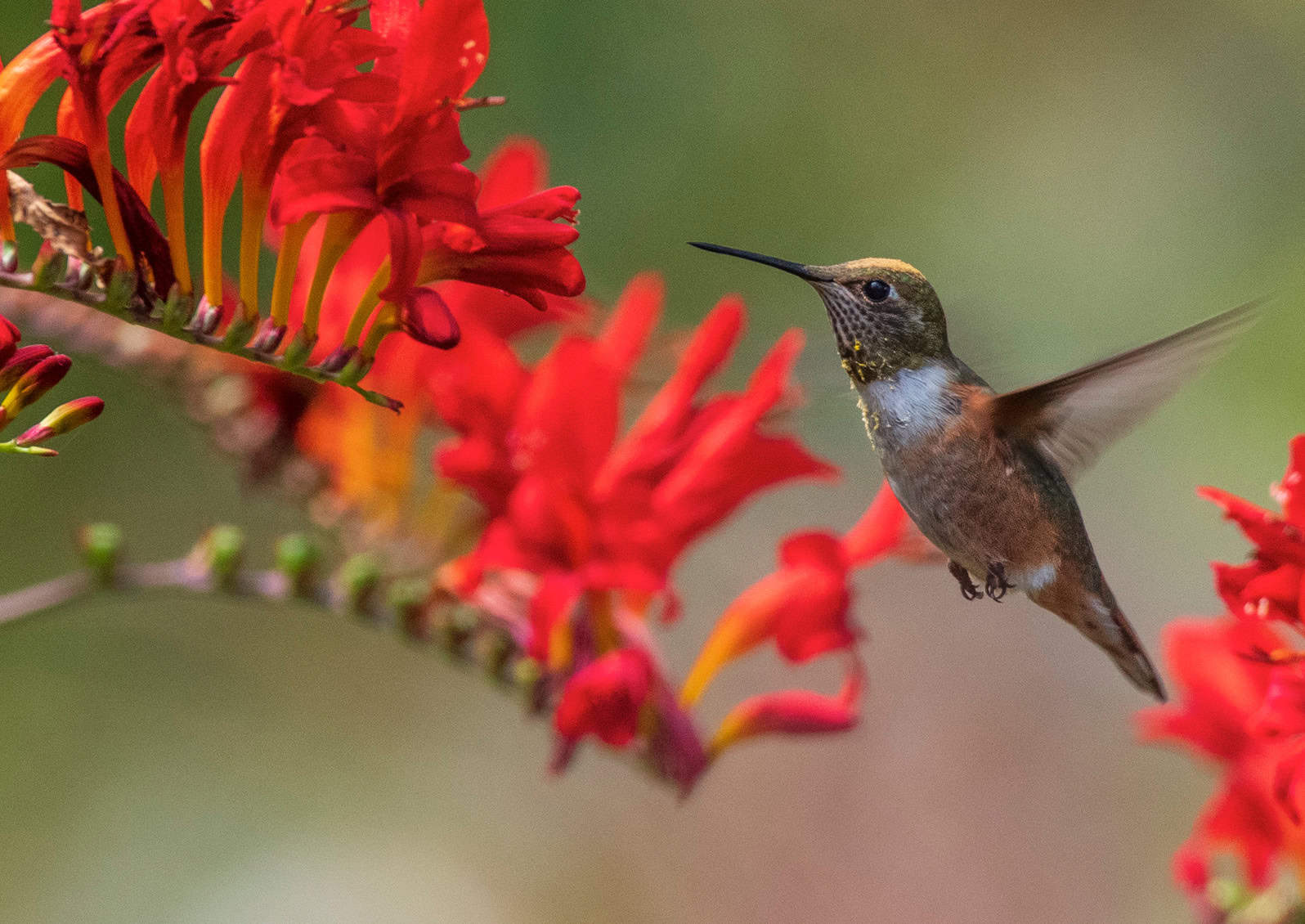
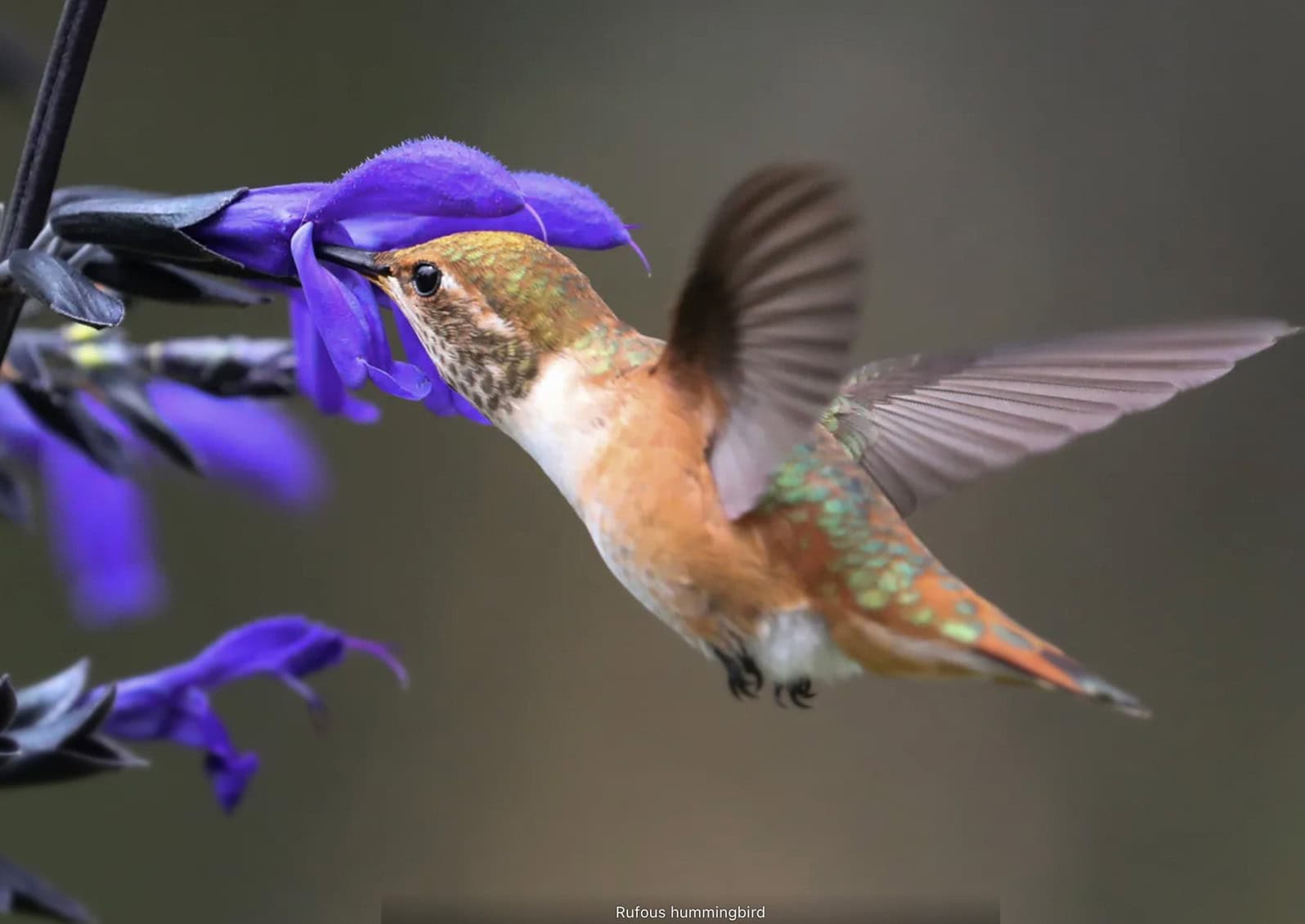
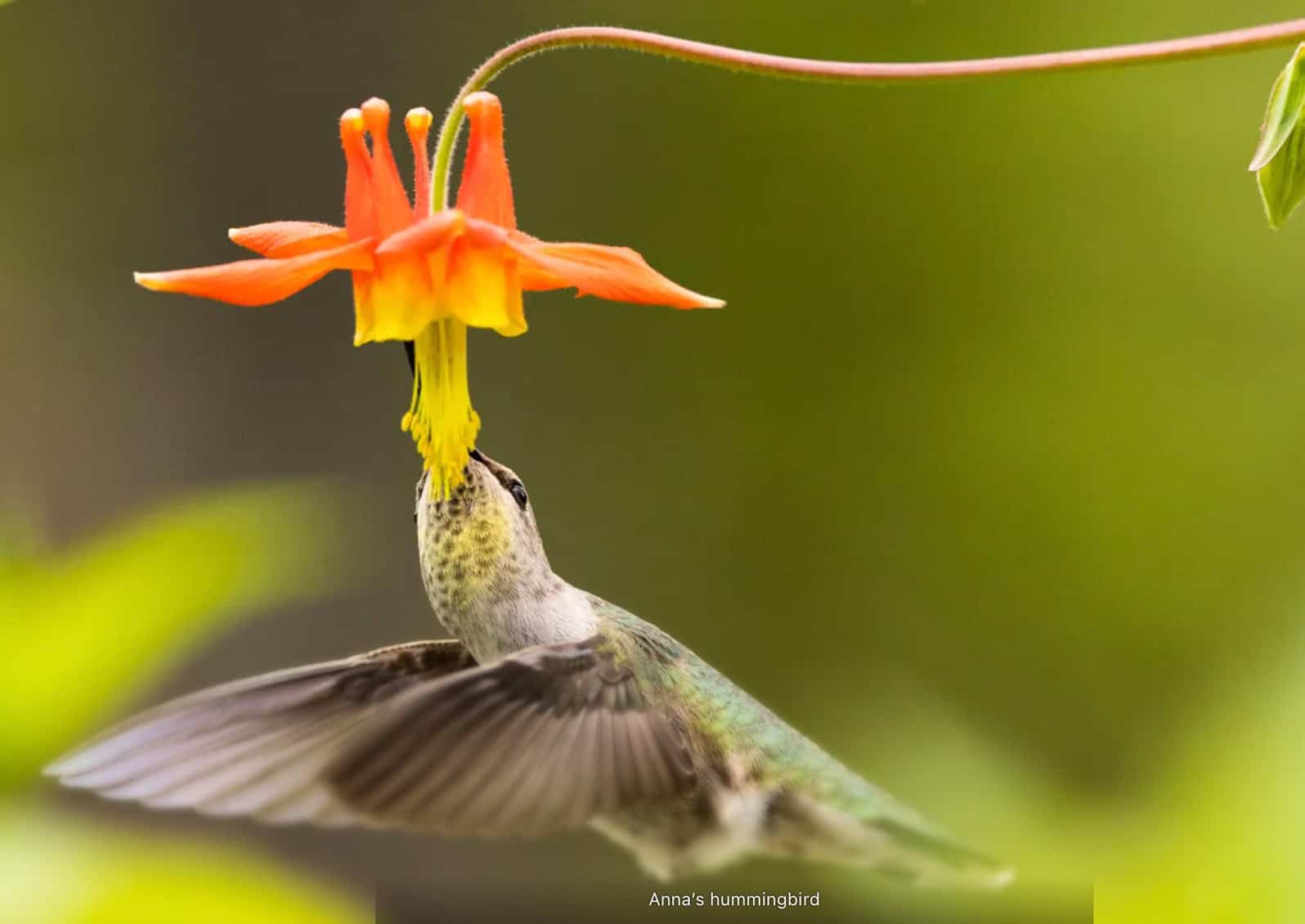
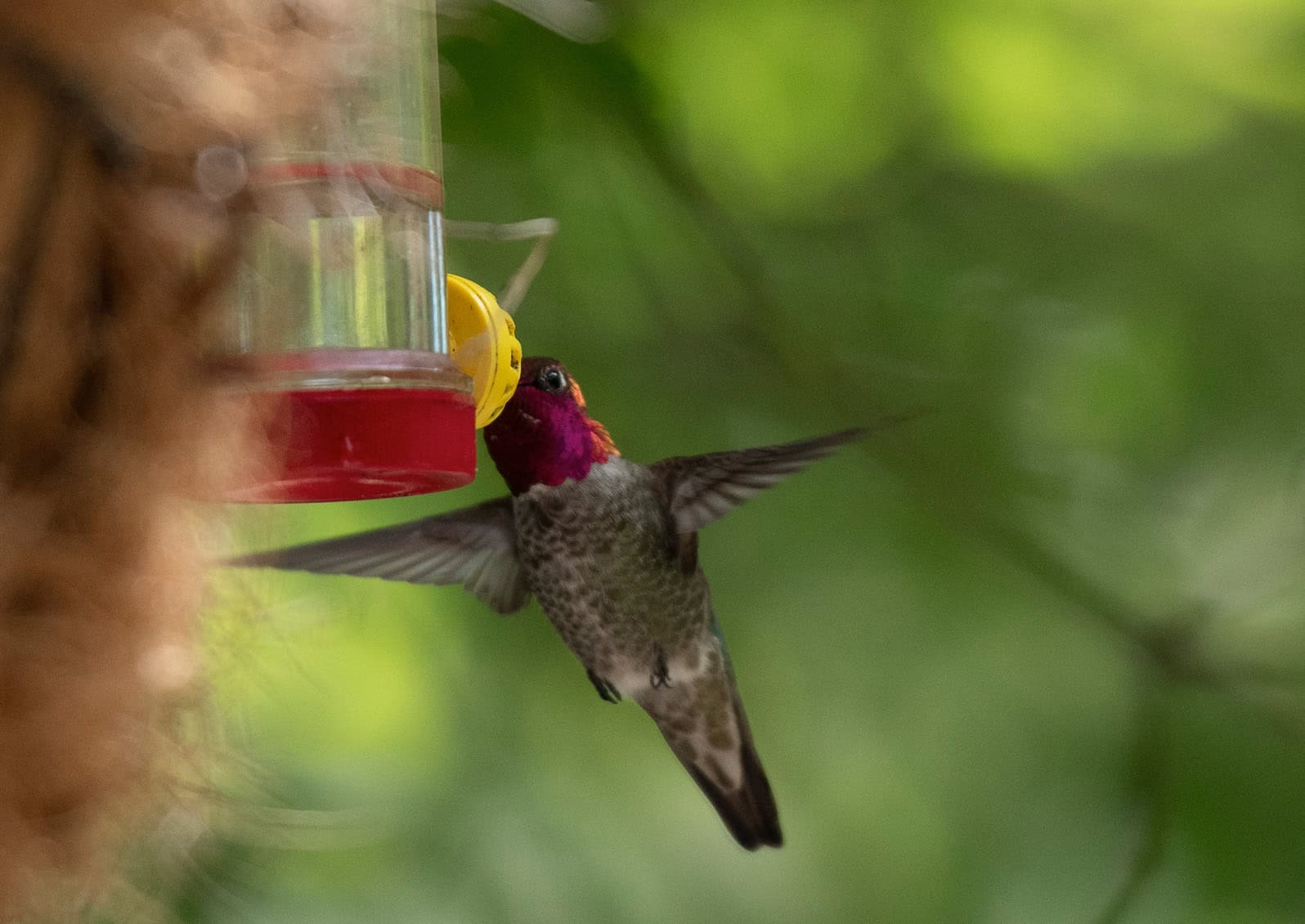

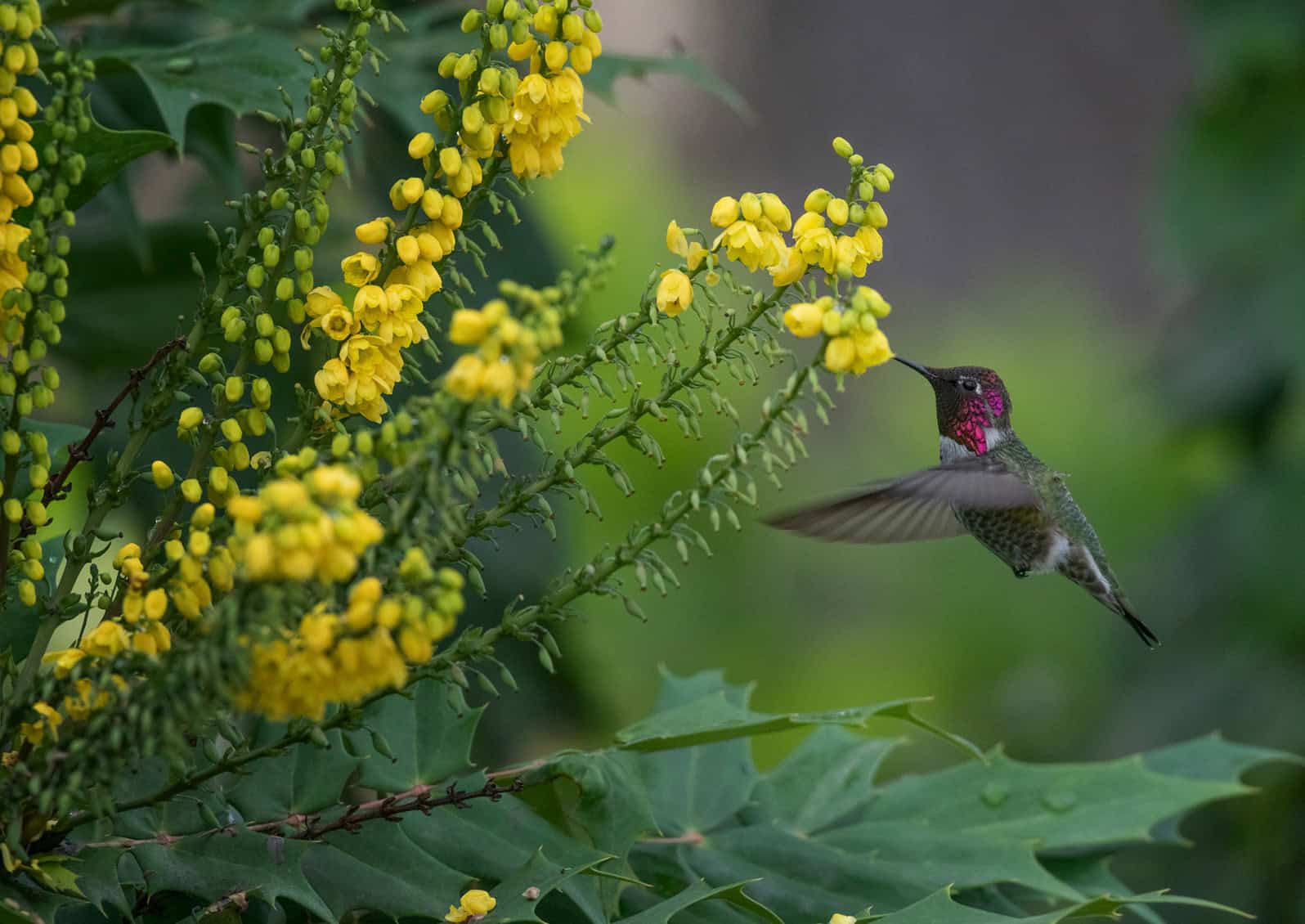
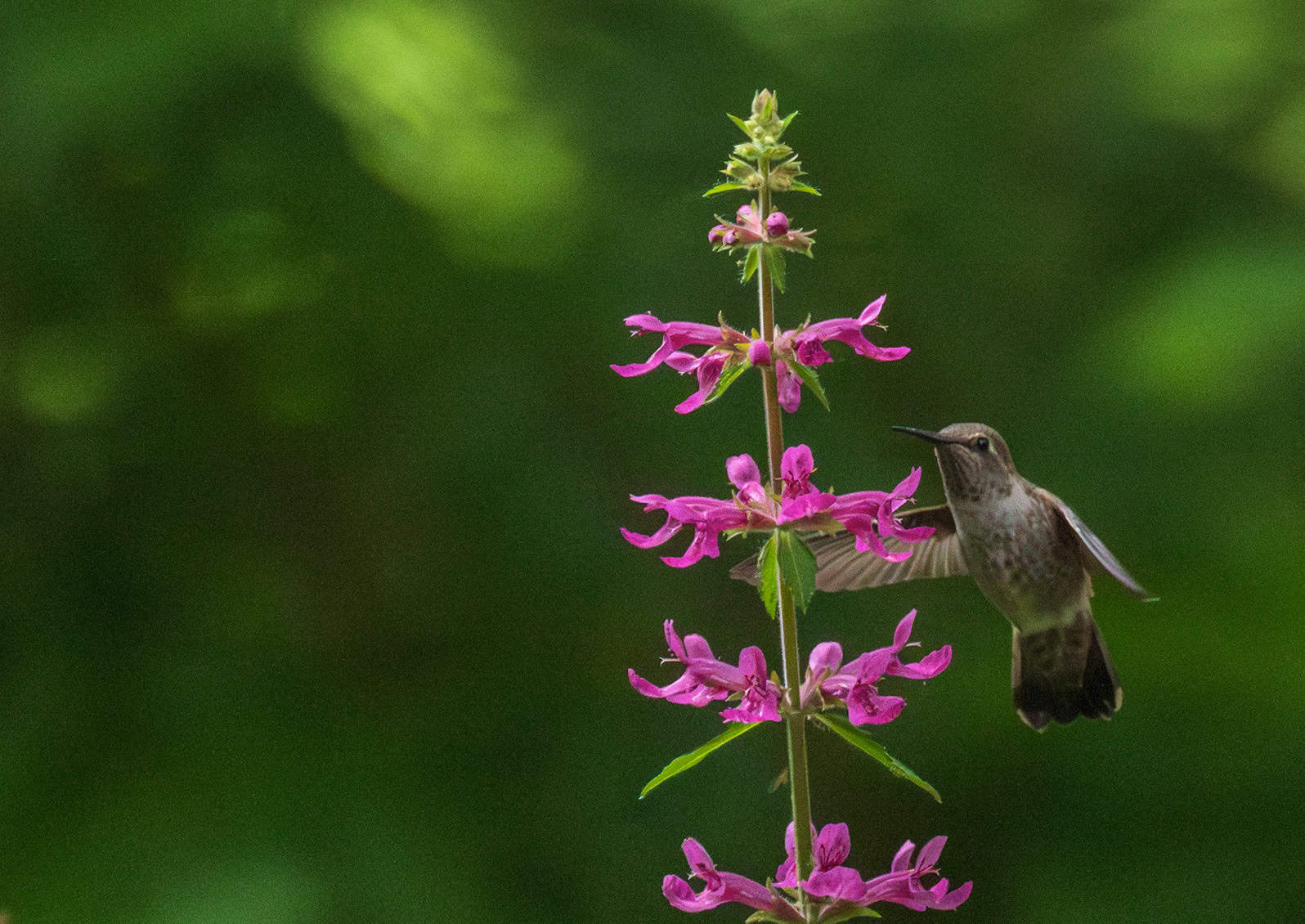


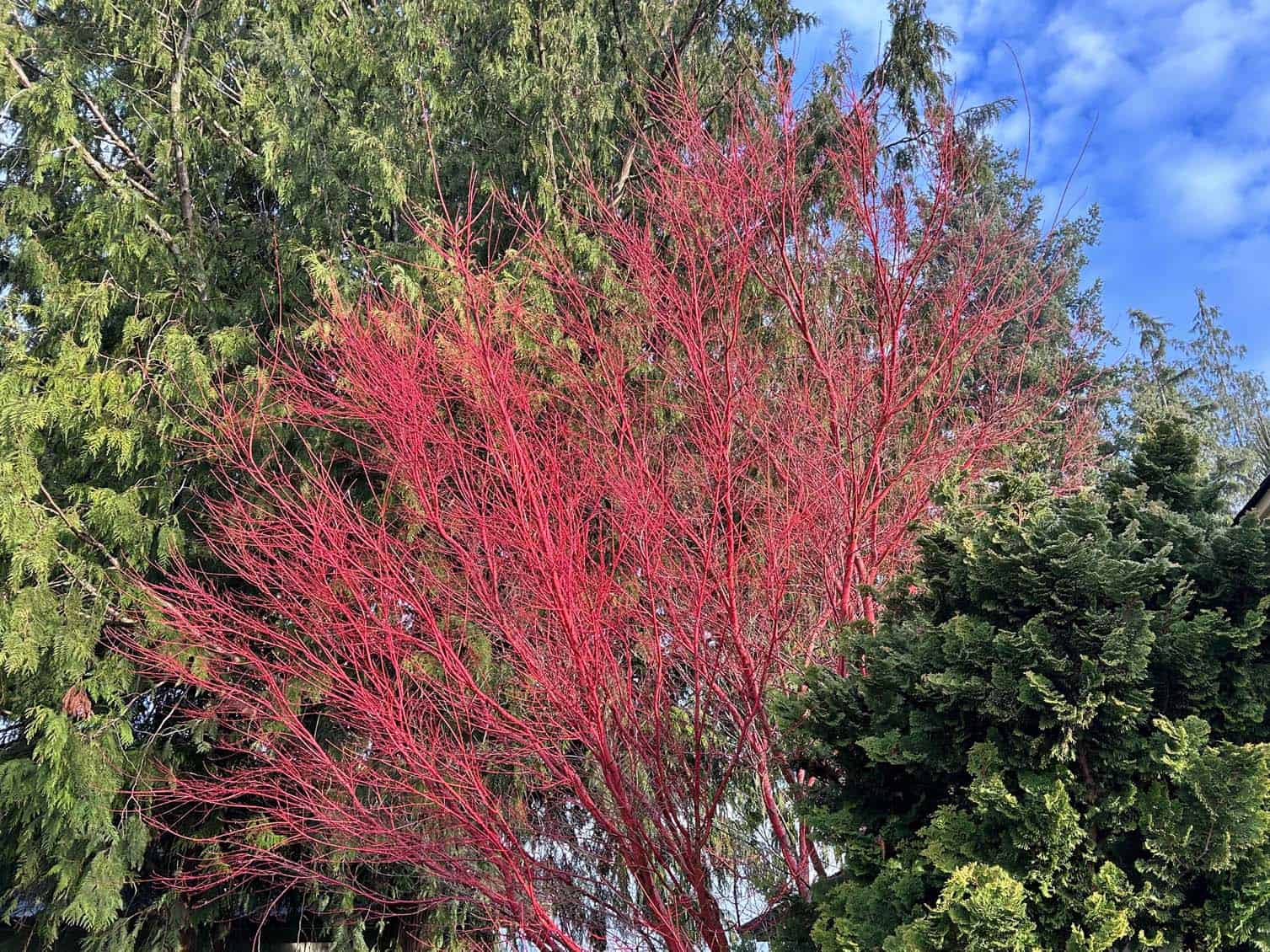
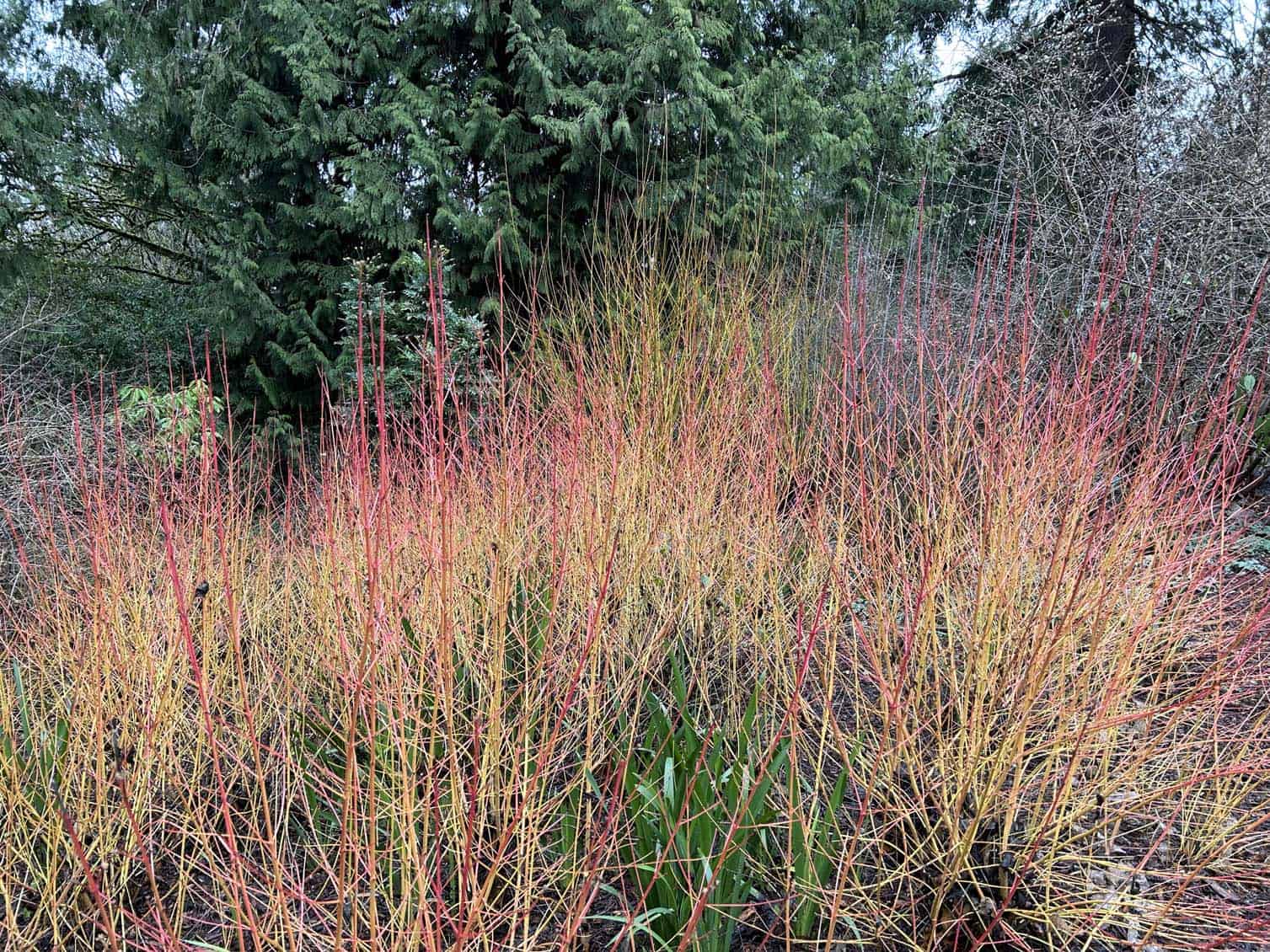
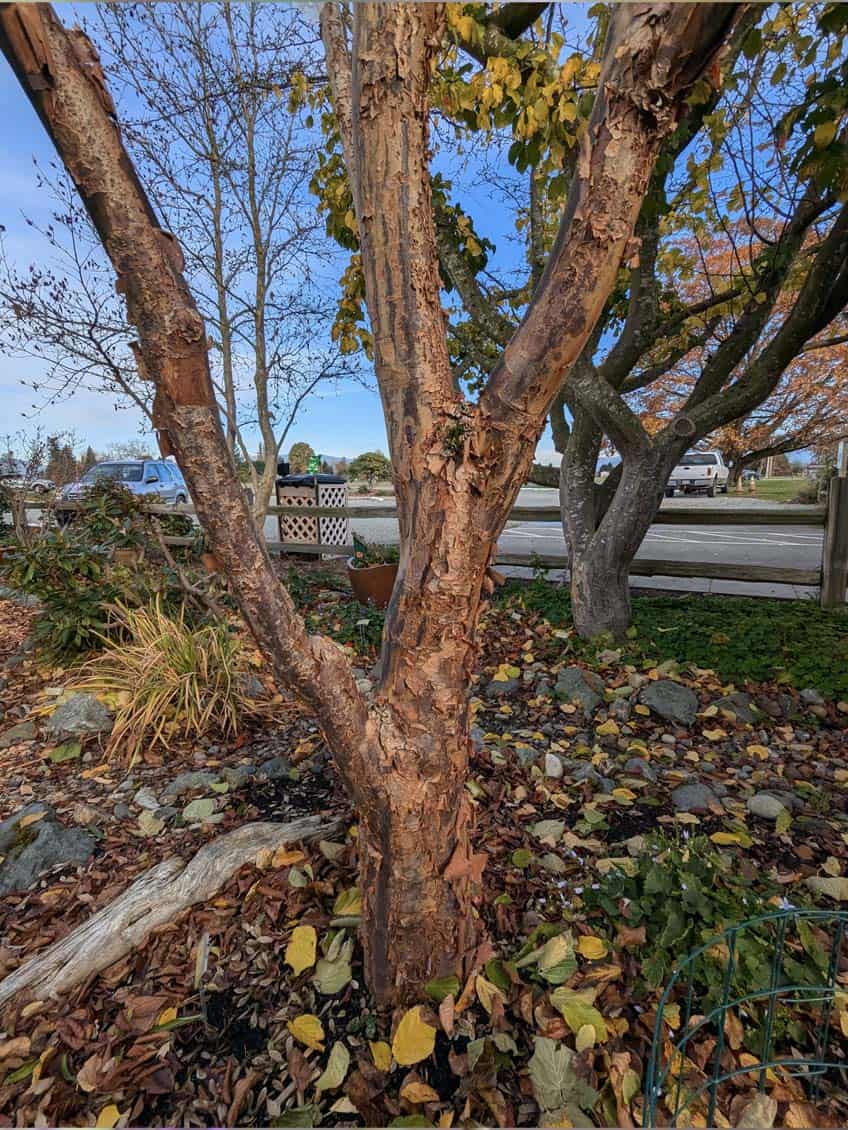
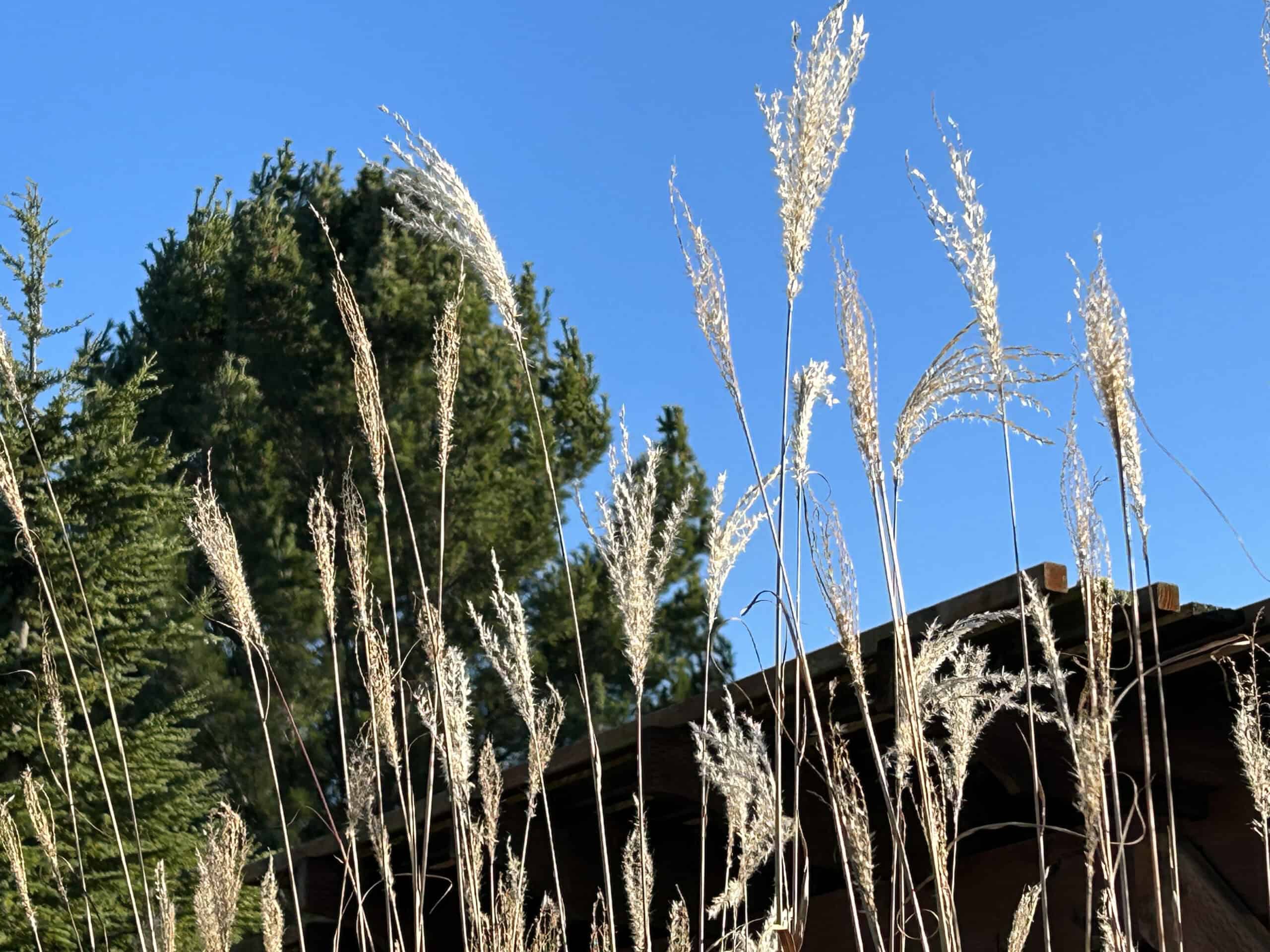

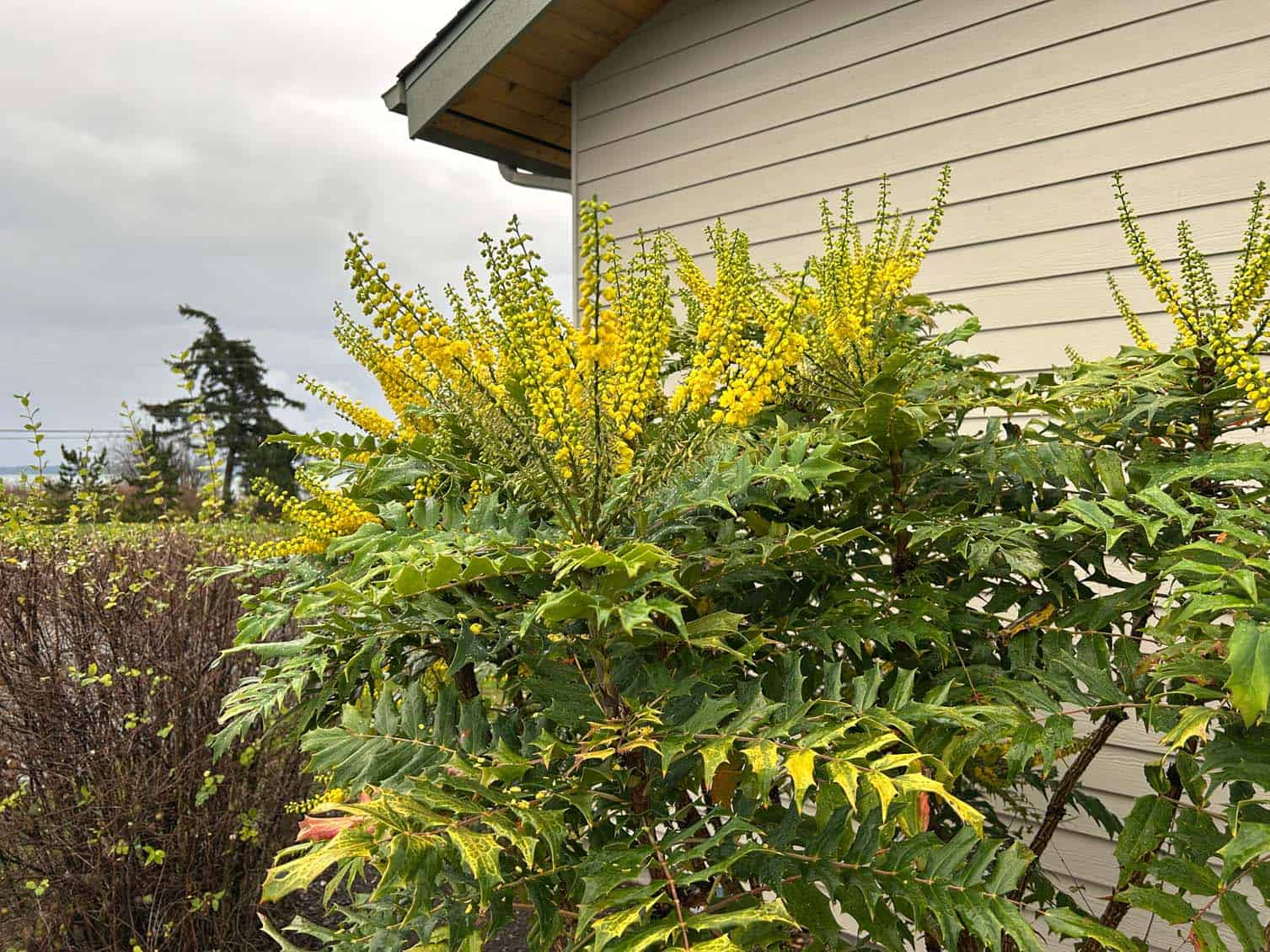

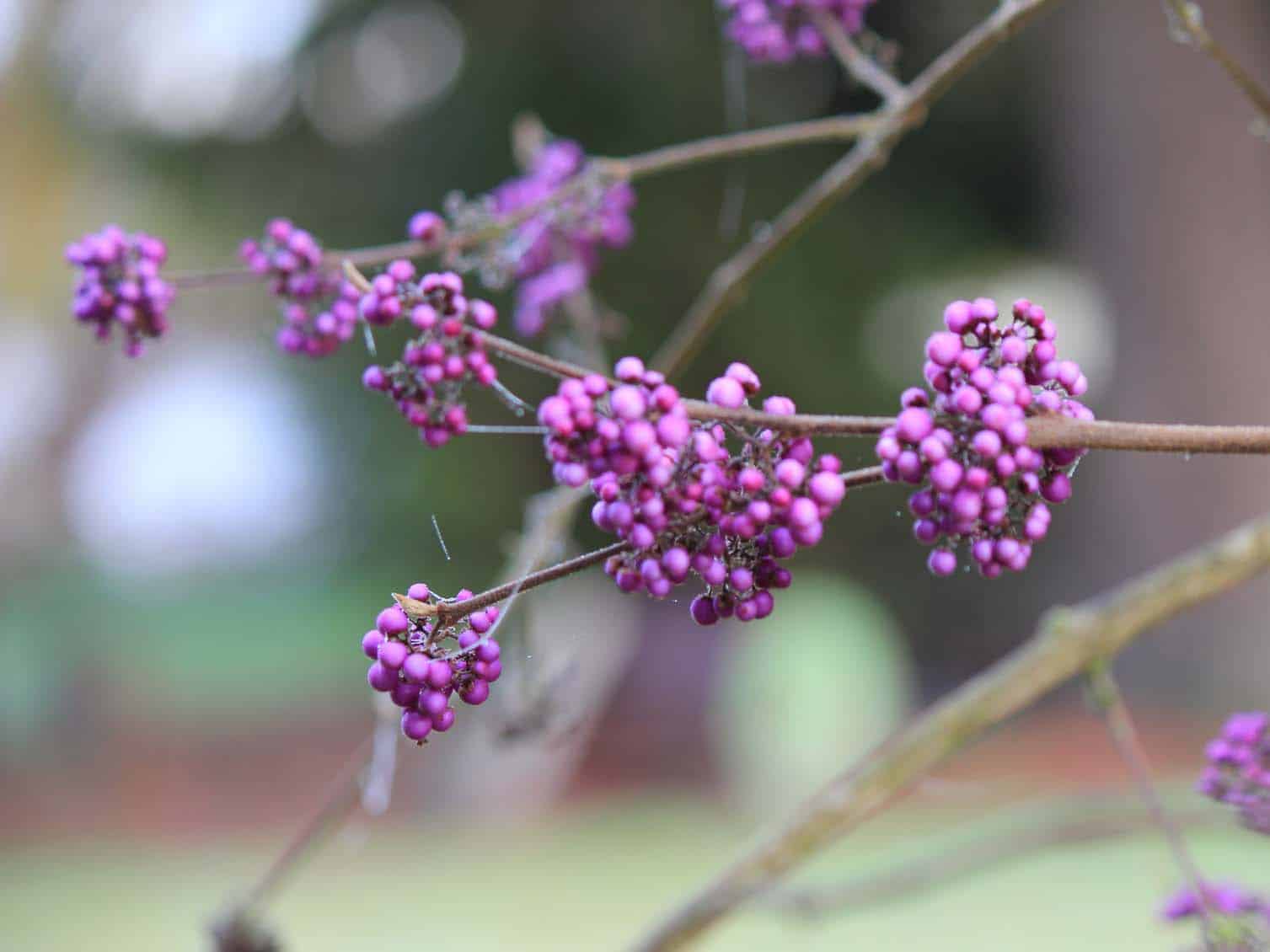
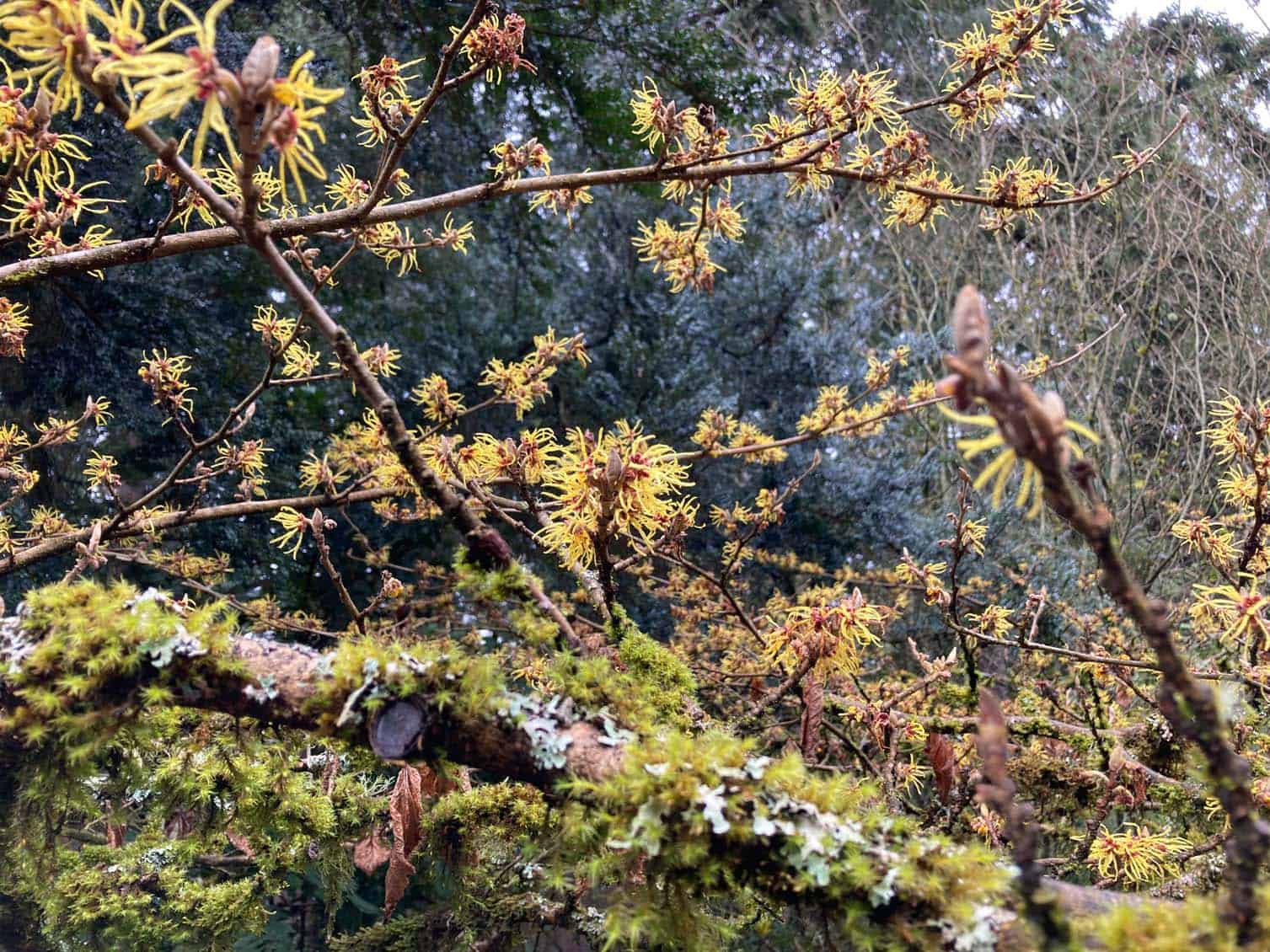



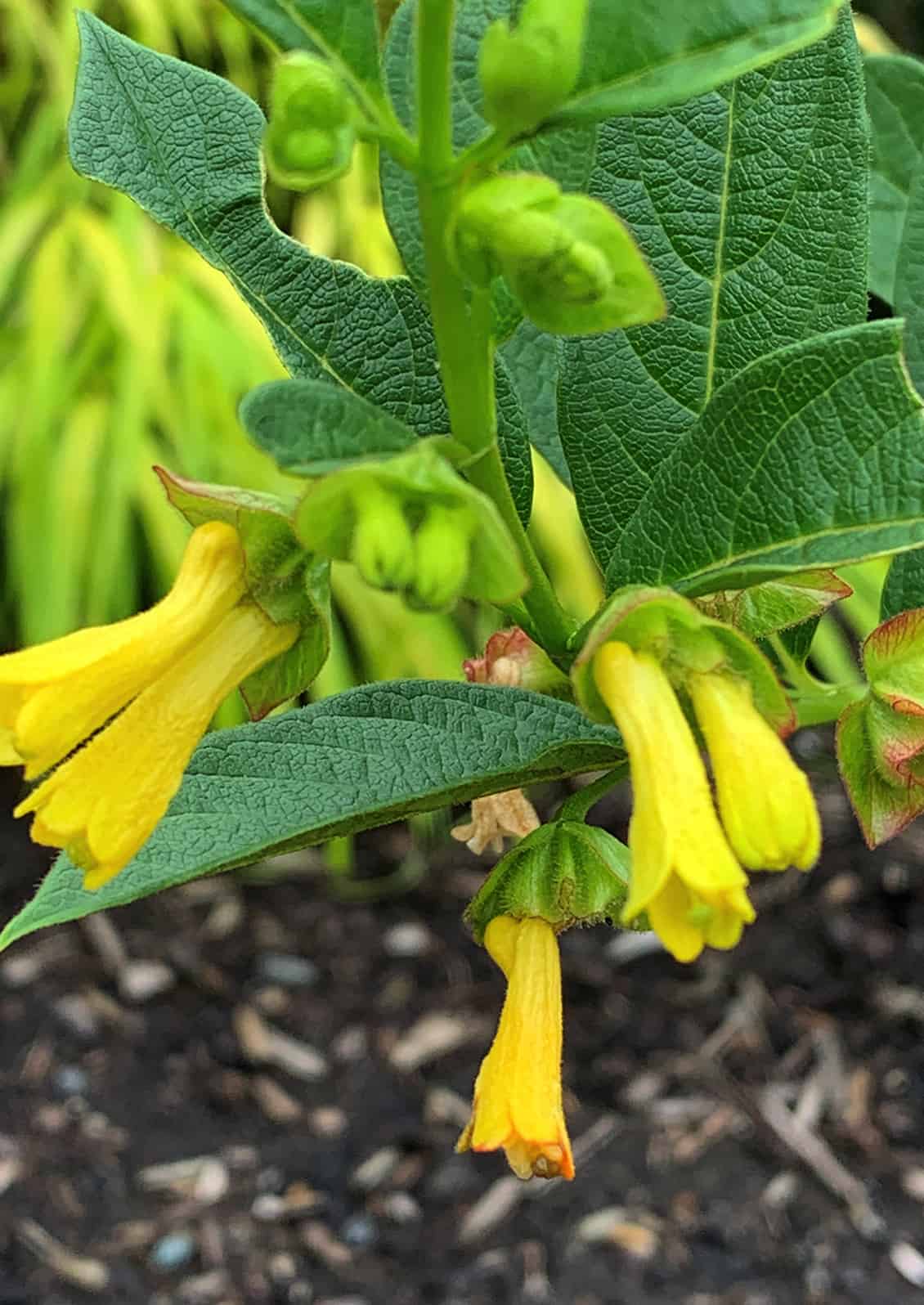
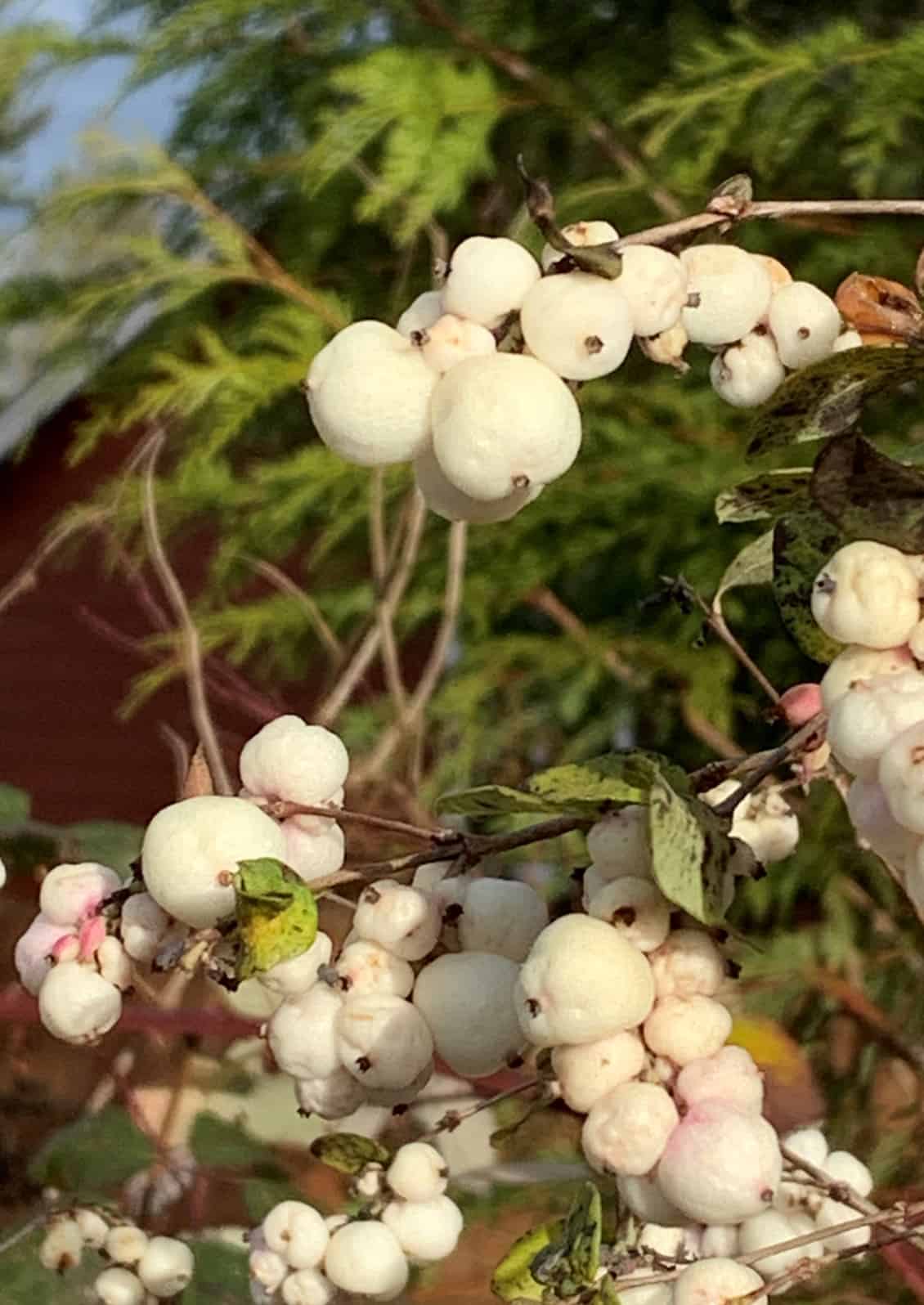




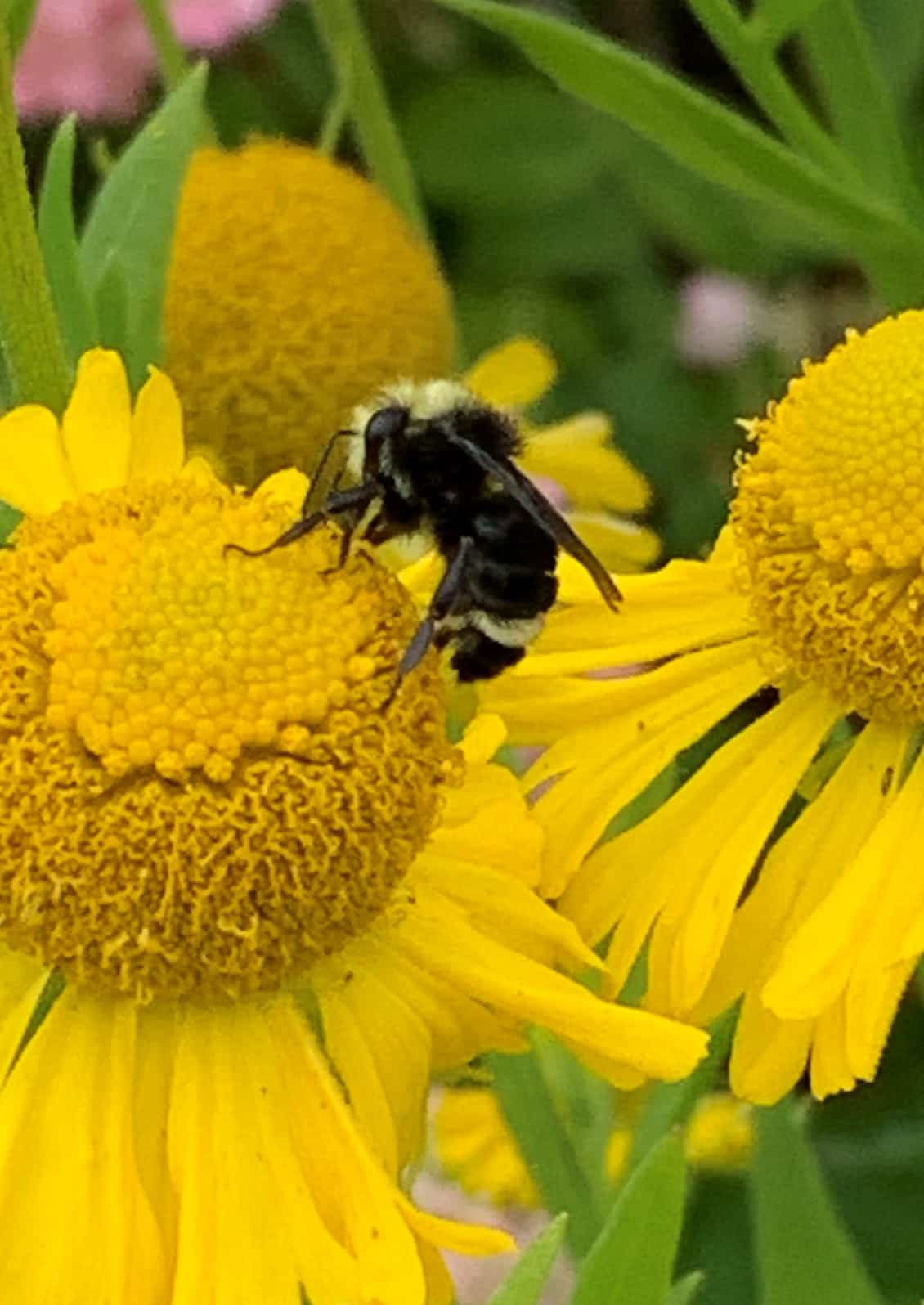
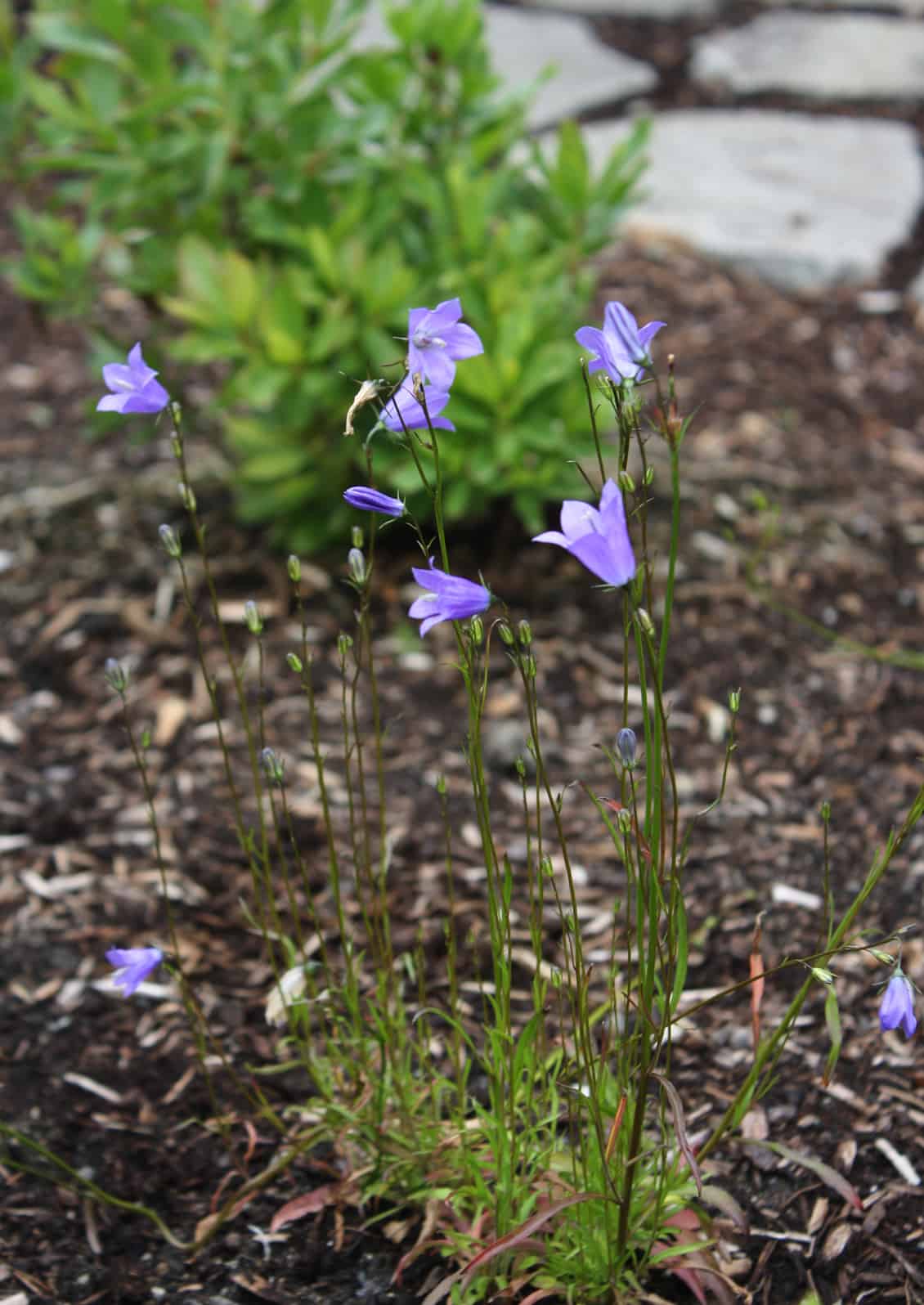




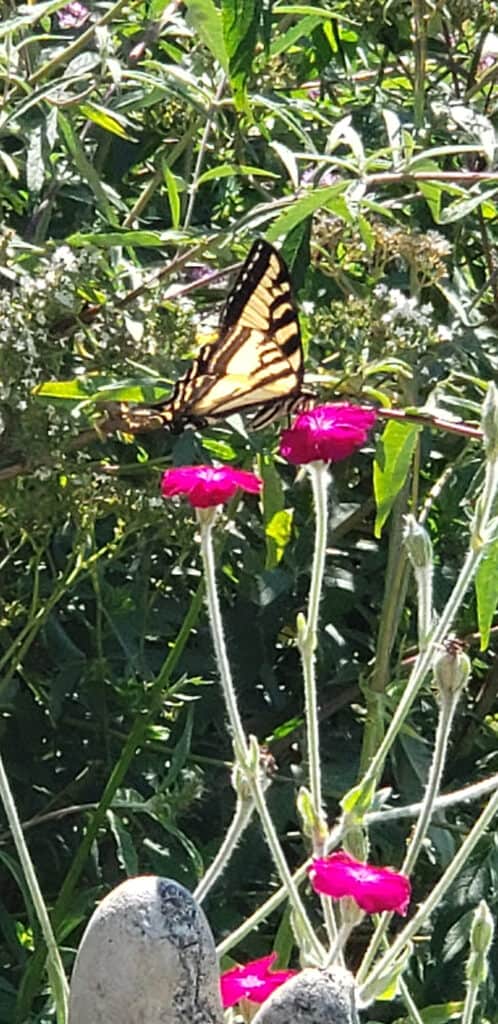








 While all three of these gardens are open to the public daily, the Annual Open House is focused on educating and inspiring visitors interested in many specific areas of interest, including pollination, water-wise gardening, native plants and raising fruits and vegetables in the Skagit area.
While all three of these gardens are open to the public daily, the Annual Open House is focused on educating and inspiring visitors interested in many specific areas of interest, including pollination, water-wise gardening, native plants and raising fruits and vegetables in the Skagit area.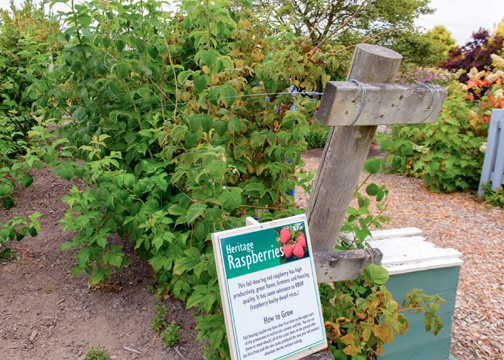


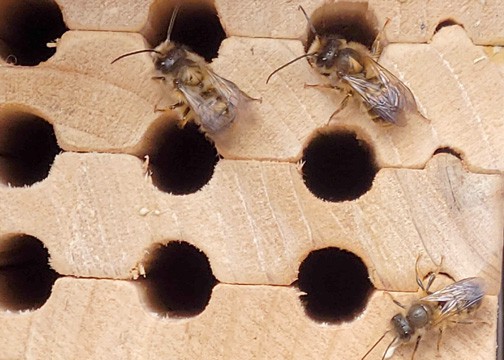
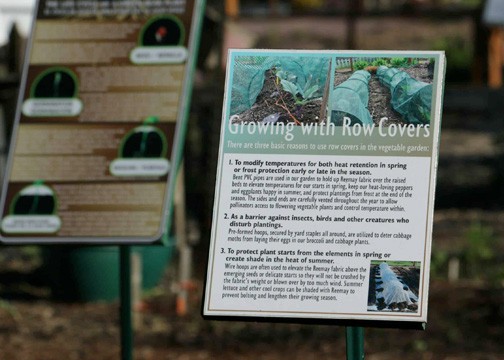
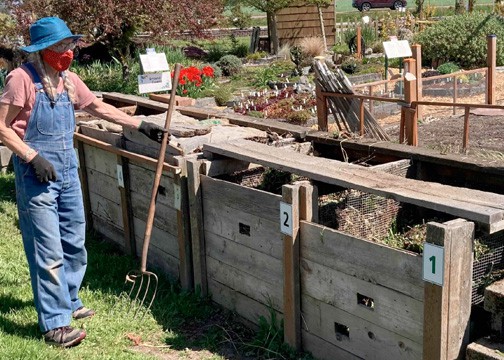

 Janine Wentworth became a master gardener in 2018. She and Kay Torrance are co-chairs of the Discovery Garden Open House.
Janine Wentworth became a master gardener in 2018. She and Kay Torrance are co-chairs of the Discovery Garden Open House.